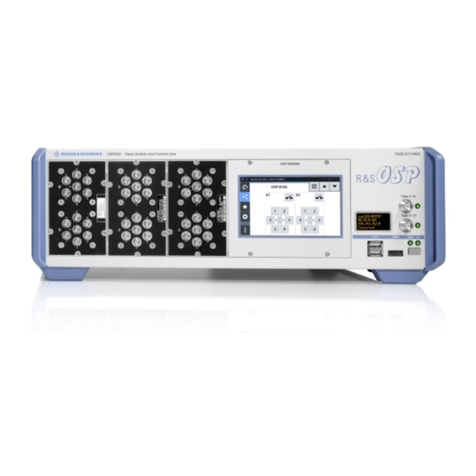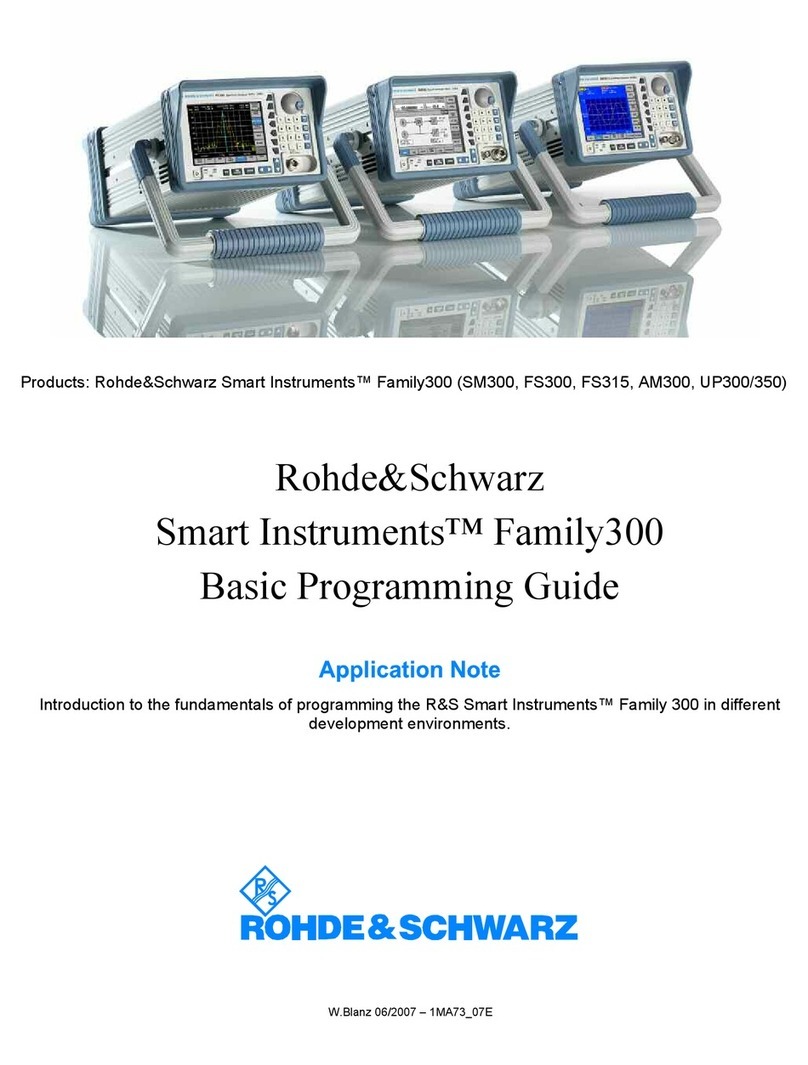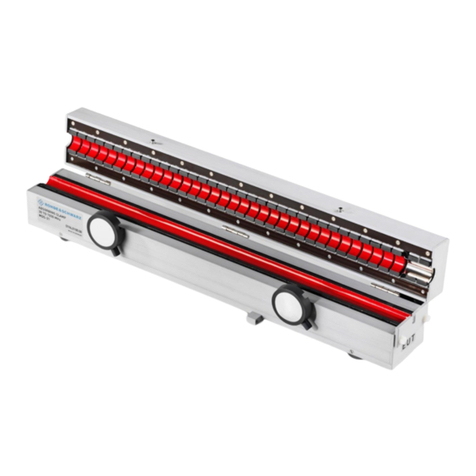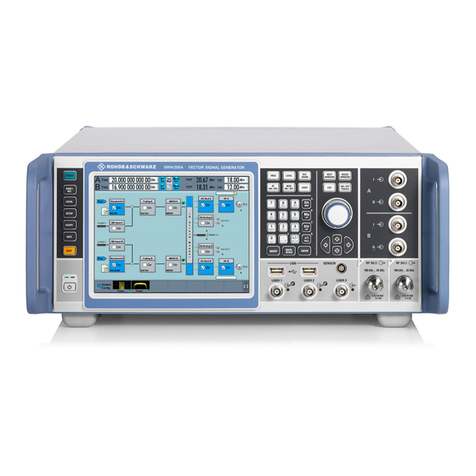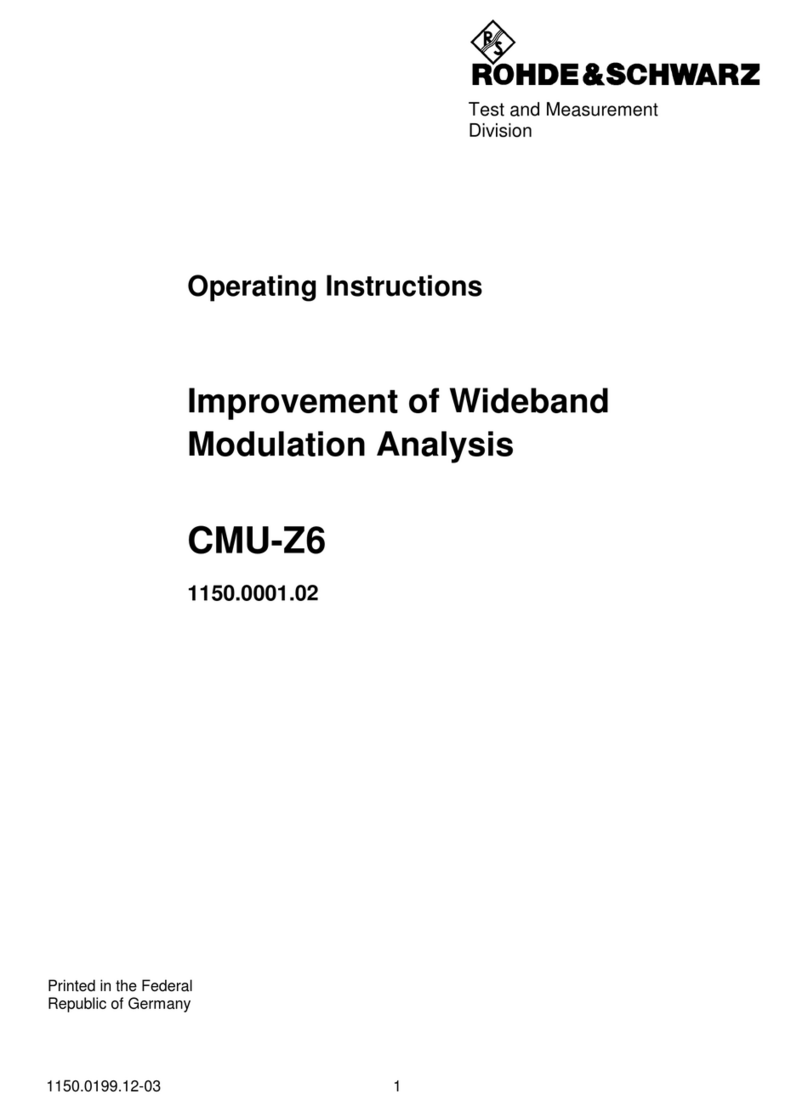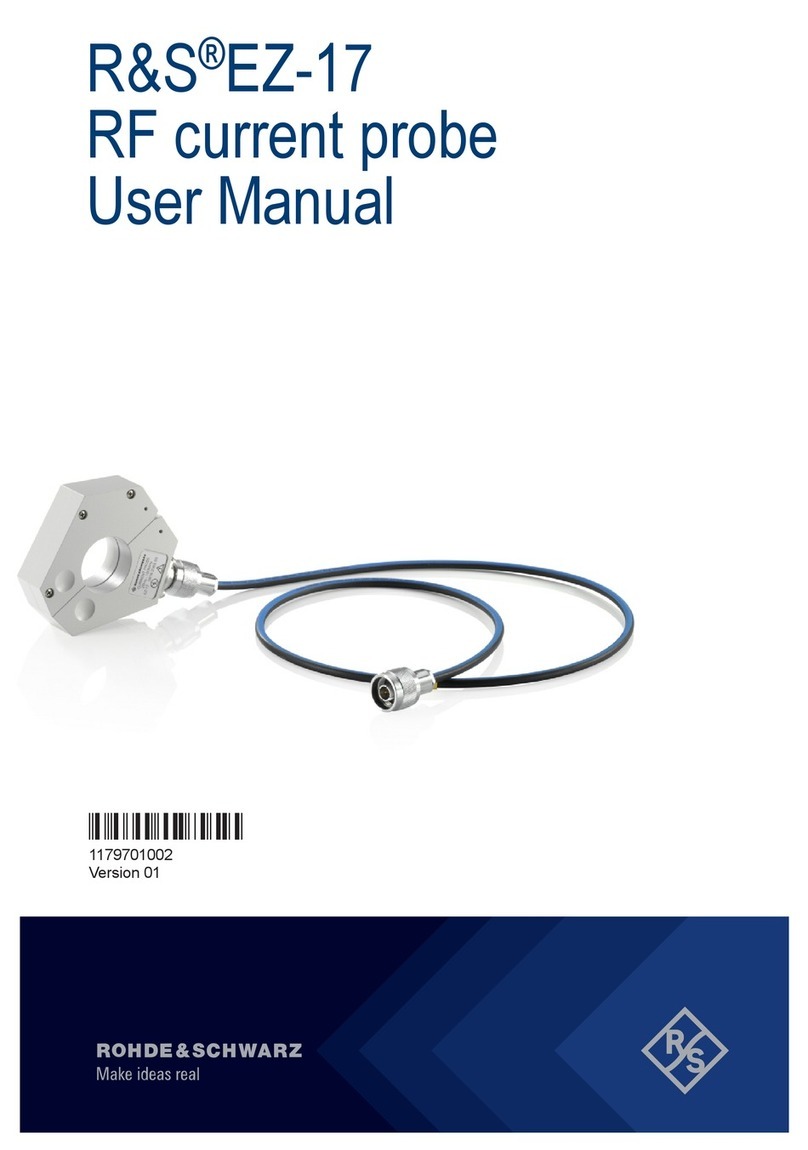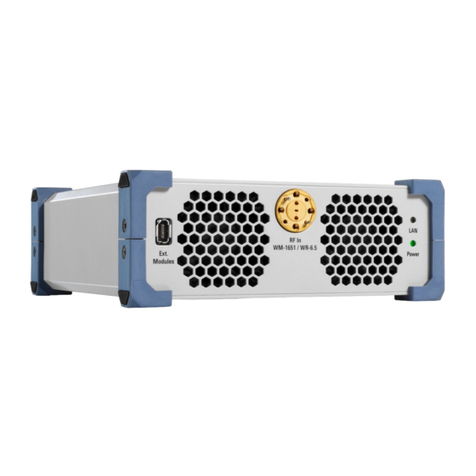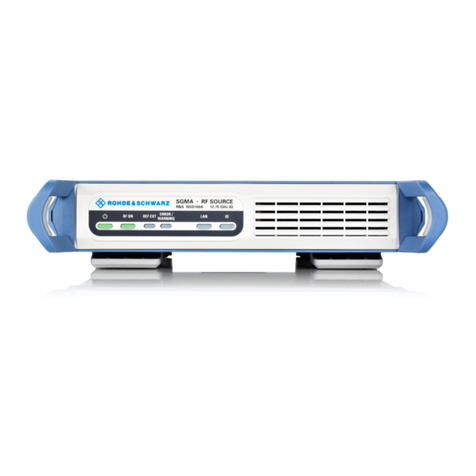
Contents
R&S®SGS100A
6User Manual 1173.9105.02 ─ 12
7.5.8.1 Connecting R&S NRP Power Sensors to the R&S SGS.............................................102
7.5.8.2 NRP Sensor Mapping................................................................................................. 103
7.5.8.3 NRP Power Viewer......................................................................................................105
About...........................................................................................................................105
NRP Power Viewer Settings........................................................................................107
7.6 Pulse Modulation.......................................................................................................112
7.6.1 Pulse Modulation Settings...........................................................................................114
7.6.2 Pulse Generator Settings............................................................................................ 115
7.6.3 Pulse Connector/Trigger Settings................................................................................116
7.7 Trigger Connector Settings...................................................................................... 117
7.8 I/Q Modulation and Signal Impairment....................................................................118
7.8.1 I/Q Impairments...........................................................................................................118
7.8.1.1 Gain and Gain Imbalance............................................................................................119
7.8.1.2 I and Q Offset..............................................................................................................120
7.8.1.3 Quadrature Offset........................................................................................................120
7.8.2 General I/Q Settings....................................................................................................121
7.8.3 Analog Impairment Settings........................................................................................ 122
7.9 Preset......................................................................................................................... 123
7.10 Extension................................................................................................................... 124
8 General Instrument Settings and Instrument Setup....................... 128
8.1 Internal Adjustments................................................................................................ 128
8.2 Hardware Configuration........................................................................................... 130
8.3 Software / Options.................................................................................................... 132
8.4 Install SW-Options.................................................................................................... 133
8.5 NRP Info..................................................................................................................... 134
8.6 Protection.................................................................................................................. 134
8.7 Security Setting.........................................................................................................135
8.8 Maintenance.............................................................................................................. 138
8.9 Network Settings.......................................................................................................139
8.10 Remote Channels......................................................................................................142
8.11 Factory Preset........................................................................................................... 142
8.12 Eco Mode................................................................................................................... 143
8.13 Standby and Restart................................................................................................. 144
